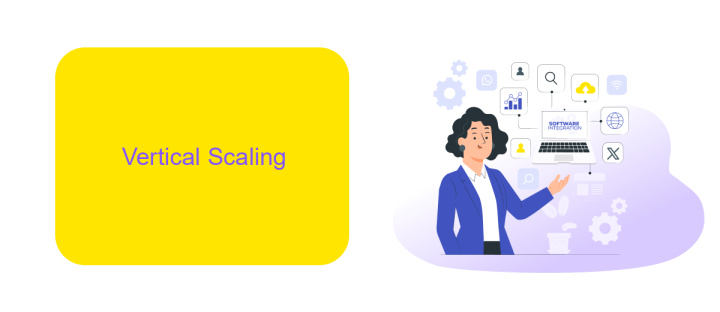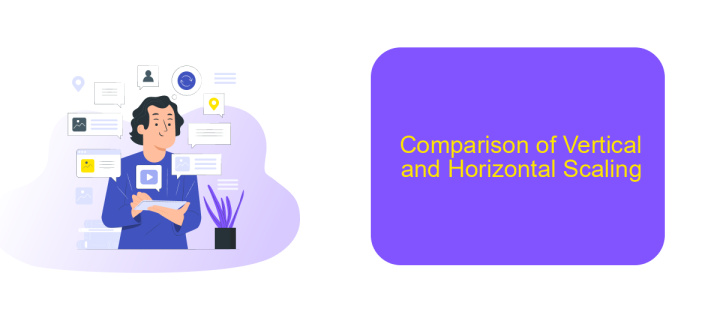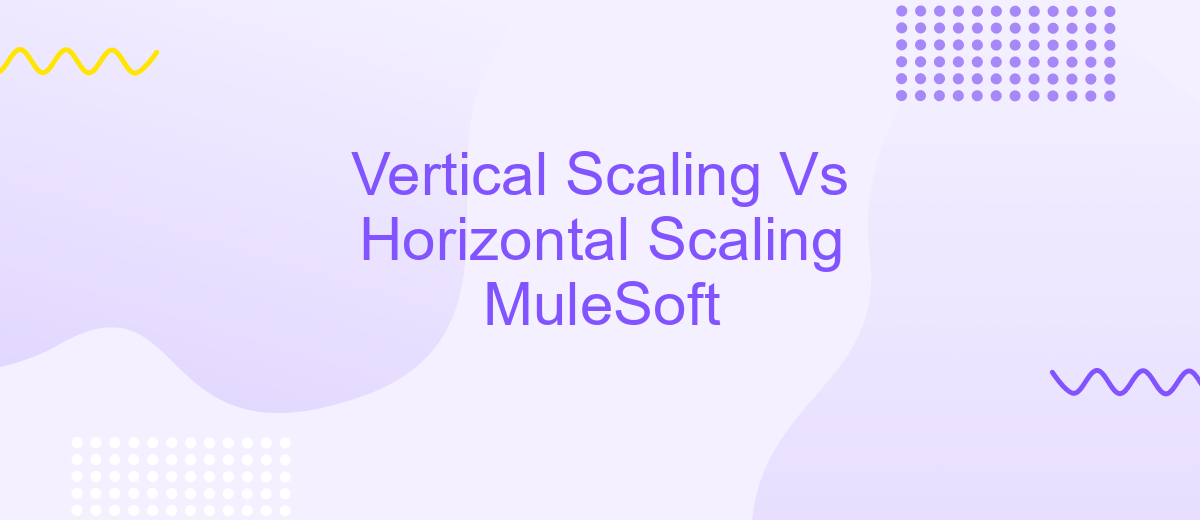Vertical Scaling Vs Horizontal Scaling MuleSoft
In the world of MuleSoft and integration platforms, understanding the differences between vertical scaling and horizontal scaling is crucial for optimizing performance and resource utilization. This article delves into these two scaling approaches, highlighting their unique advantages, challenges, and best use cases. By grasping these concepts, organizations can make informed decisions to enhance their MuleSoft deployments effectively.
Introduction
In the rapidly evolving landscape of enterprise integration, scaling strategies play a critical role in ensuring system performance and reliability. Vertical scaling and horizontal scaling are two primary approaches that organizations, including those using MuleSoft, can adopt to handle increased loads and demand.
- Vertical Scaling: This involves adding more power (CPU, RAM) to an existing server.
- Horizontal Scaling: This involves adding more servers to distribute the load.
Choosing the right scaling strategy is crucial for maintaining seamless integrations and optimal performance. Tools like ApiX-Drive can further enhance these efforts by automating and simplifying the integration process. Whether you opt for vertical or horizontal scaling, understanding the nuances of each approach will help you make an informed decision that aligns with your business needs.
Vertical Scaling

Vertical scaling, also known as scaling up, involves adding more power to an existing machine. This can be done by increasing the CPU, adding more RAM, or upgrading storage capabilities. In the context of MuleSoft, vertical scaling allows for the enhancement of a single Mule runtime engine to handle a larger load. This can be particularly useful when dealing with high-throughput integrations or resource-intensive processes that require significant computational power.
However, vertical scaling has its limitations. There's a ceiling to how much you can upgrade a single machine before it becomes cost-ineffective or technically impractical. For example, while you can add more RAM or CPU to a server, there comes a point where the performance gains diminish. Leveraging services like ApiX-Drive can help optimize your integration processes efficiently by automating data workflows and reducing the need for extensive manual configurations, thereby making the most out of your scaled-up resources.
Horizontal Scaling

Horizontal scaling, also known as scaling out, involves adding more machines or nodes to your existing system to handle increased load. This approach is particularly effective for distributed systems and applications that can run on multiple servers simultaneously. By spreading the load across multiple servers, horizontal scaling can enhance performance, improve fault tolerance, and provide better resource utilization.
- Add more nodes: Increase the number of servers in your system to distribute the workload evenly.
- Load balancing: Implement load balancers to efficiently distribute incoming traffic across multiple servers.
- Data replication: Ensure data consistency and availability by replicating data across different nodes.
- Service integration: Use tools like ApiX-Drive to seamlessly integrate various services and automate workflows across multiple nodes.
Horizontal scaling offers a flexible and cost-effective solution for managing growing demands on your system. By leveraging additional nodes and integrating services with platforms like ApiX-Drive, organizations can achieve a scalable and resilient infrastructure. This approach not only enhances performance but also ensures high availability and fault tolerance, making it ideal for modern, distributed applications.
Comparison of Vertical and Horizontal Scaling

Vertical scaling, also known as scaling up, involves adding more power to an existing machine. This method is often simpler to implement as it doesn't require changes to the application architecture. However, it has limitations in terms of hardware capacity and can be more costly in the long run.
Horizontal scaling, or scaling out, involves adding more machines to handle the load. This approach can be more complex to implement as it requires distributing the workload across multiple servers. Nevertheless, it offers greater flexibility and can handle larger workloads more efficiently.
- Vertical Scaling: Increased power to a single server.
- Horizontal Scaling: Addition of multiple servers.
- Vertical Scaling: Easier to implement but limited by hardware.
- Horizontal Scaling: More complex but offers better scalability.
When integrating services like MuleSoft, it's crucial to choose the right scaling strategy. Tools such as ApiX-Drive can facilitate this process by automating data synchronization and reducing the complexity of managing multiple integrations. This ensures that your scaling solution remains effective and efficient.
Choosing the Right Scaling Approach for MuleSoft Applications
When deciding between vertical and horizontal scaling for MuleSoft applications, it's crucial to consider the specific needs of your organization. Vertical scaling, which involves adding more power to an existing server, is often simpler to implement and can be cost-effective for smaller applications. However, it has limitations in terms of scalability and may lead to a single point of failure. On the other hand, horizontal scaling, which involves adding more servers to distribute the load, offers better fault tolerance and can handle larger, more complex workloads. This approach is generally more flexible but can be more complex and expensive to manage.
For organizations leveraging MuleSoft for extensive integrations, a hybrid approach might be the best solution. Utilizing services like ApiX-Drive can streamline the integration process, making it easier to manage multiple connections and data flows. ApiX-Drive offers automated data transfer between various platforms, which can complement your scaling strategy by reducing manual effort and minimizing errors. Ultimately, the right scaling approach for your MuleSoft applications should align with your long-term business goals, budget, and technical requirements.
- Automate the work of an online store or landing
- Empower through integration
- Don't spend money on programmers and integrators
- Save time by automating routine tasks
FAQ
What is vertical scaling in MuleSoft?
What is horizontal scaling in MuleSoft?
Which scaling method is more cost-effective in MuleSoft: vertical or horizontal?
Can vertical and horizontal scaling be used simultaneously in MuleSoft?
How can I automate and manage scaling in MuleSoft effectively?
Time is the most valuable resource in today's business realities. By eliminating the routine from work processes, you will get more opportunities to implement the most daring plans and ideas. Choose – you can continue to waste time, money and nerves on inefficient solutions, or you can use ApiX-Drive, automating work processes and achieving results with minimal investment of money, effort and human resources.


